Arnold's Lesson #1 – Build A Strength Foundation
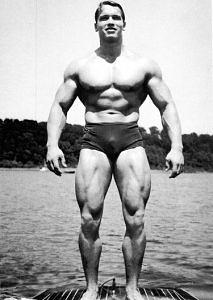
Arnold's Lesson #2 – Visualisation
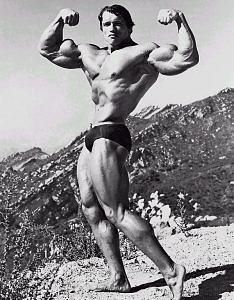
Arnold's Lesson #3 – Feel The Muscle Working
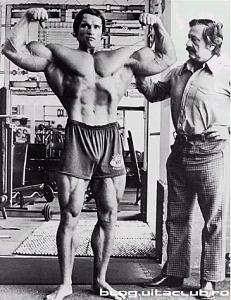
Arnold's Lesson #4 – Pay Attention To Your Body's Feedback
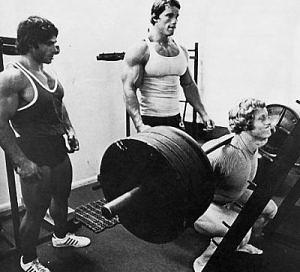
Arnold's Lesson #5 – Prioritise Your Body's Weak Points
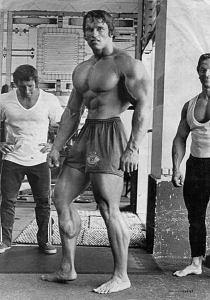

.png)

